Six gardening jobs to do right now which will pay off in the summer
Steven Desmond describes six rejuvenating tasks that will make a huge difference once the weather picks up.
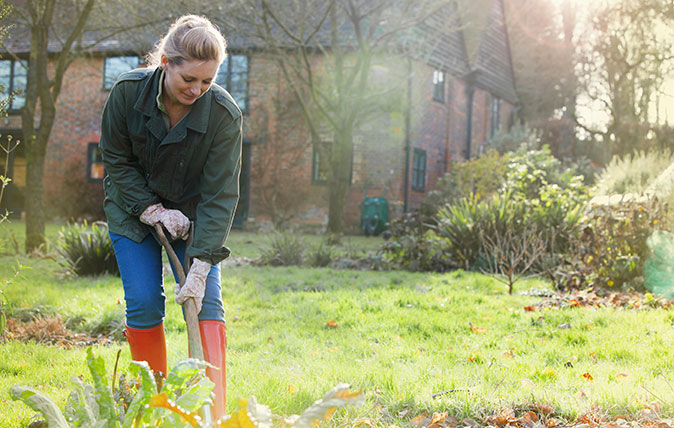

Is your garden getting the better of you? Are sawn-off tree stumps, poor soil, overgrown shrubs or rampant weeds causing you pain instead of pleasure when you step outside?
Don't just leave things until the sign is shining. Pop on your scarf and hat and get out there – a little hard work now will pay off in a few month's time. You'll thank us for it.
- - -
1. Rejuvenate overgrown fruit trees
Neglected apple trees can soon get into a tangled, unproductive mess and it’s tempting to wade in and hew away. This will only make things worse. First, clear the ground around the tree, chop off suckers from the base and get access using a proper three-legged orchard ladder so that you can reach into the crown, although you should not climb into the tree.
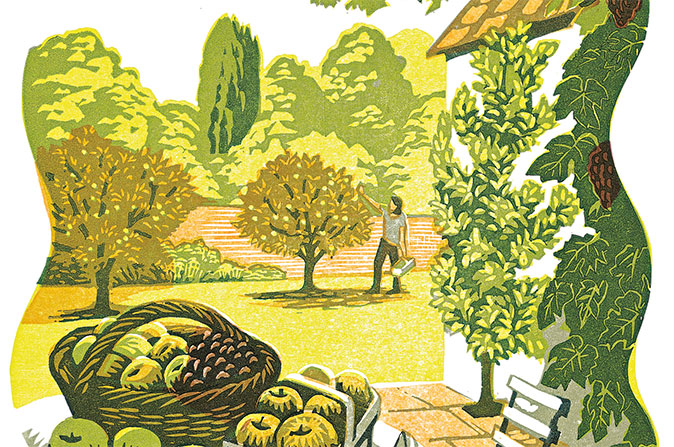
Using a folding pruning saw, loppers and secateurs, remove dead and damaged branches neatly back to a branch collar, in sections if necessary. Look carefully through for branches with canker and remove those too.
After a good view from beyond the crown, remove crossing branches, especially those that rub against others. This should leave an open structure of branches, with the whole tree vaguely resembling a wine glass in shape.
One last thing: don’t be tempted to remove too many branches. You’ll simply get a mass of useless shoots in the coming year and you’ll be in a worse state than before.
Sign up for the Country Life Newsletter
Exquisite houses, the beauty of Nature, and how to get the most from your life, straight to your inbox.
2. Deal with dead trees and sawn-off stumps
A dead tree is really a job for a professional, but an understanding of the task is always helpful. A small tree can often be removed with hand tools, sawing the branches off to gain access and then cutting the trunk down to a few feet above the ground so as to form a useful lever.
Dig round the stump to expose the roots and cut through each one, removing a section to make life easier. There’s usually one infuriating root in an awkward position that holds out for a while, but a degree of patient bloody-mindedness will sever it in the end.
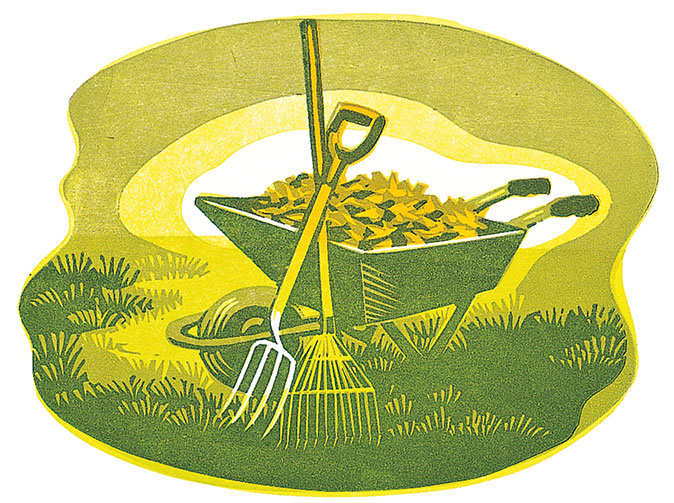
If the stump is a big one, call in a pro to either dig it out by hand, cut through the roots and winch it free or use the ultimate weapon, the stump grinder, which will gradually reduce the object to a vast pile of wood chippings and sawdust. This is the option to use if you wish to carry on as if the stump had never been there.
3. Take the knife to overgrown shrubs
The inheritor of a venerable shrubbery is often faced with monster plants that have got out of hand. These can be tamed, but you have to do your homework first. Identify the shrub, then look up the relevant pruning system. Resist the temptation to chop it all back in one go, as the result will soon be a shapeless mass of shoots and often no flowers for years.
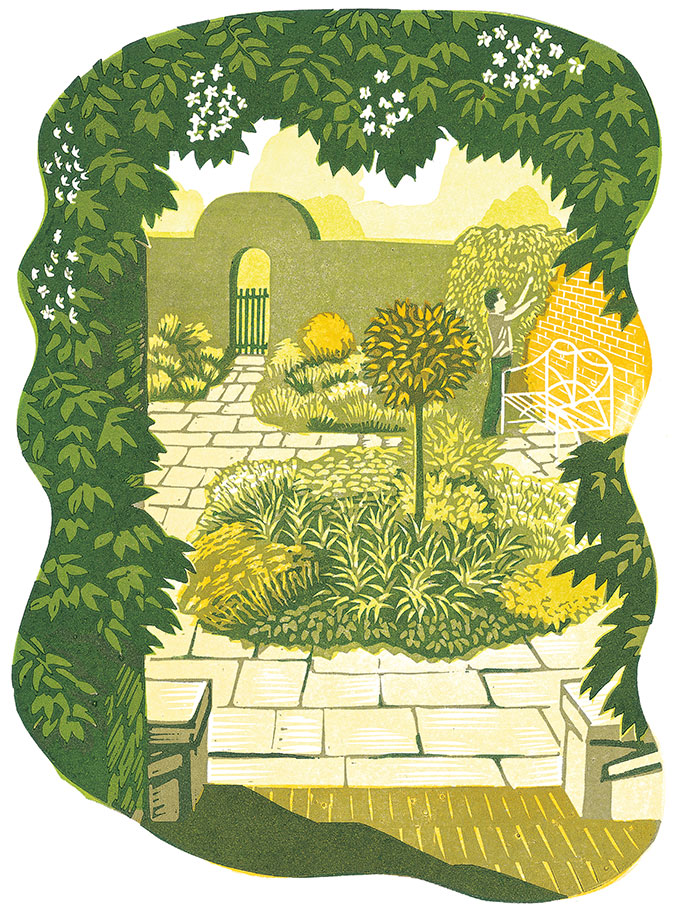
Of course, great wandering old shoots have to go. The best way is to trace them back to their source, then dismantle them in sections. Most shrubs have flimsy timber, so secateurs and loppers should suffice. Stop and stand back periodically to see how things are shaping up, then prune the shoots according to the season of flowering. As a general rule, it’s safe to prune after flowering has finished, then the shrub has time to build up next year’s stock.
Take the opportunity to remove invading ivy, which often gets tangled into old shrubs, tracing it to the ground and uprooting it. When the whole job is complete, rake away the debris round the base of the shrub, prick the soil over to relieve compaction and apply a thick mulch of well-rotted organic matter.
4. Tackle the weed-infested border
There comes a point with a long-established border when weeds have permanently gained the upper hand and hoeing is merely an exercise in self-deception. The best solution is to make a simple plan of the planting scheme, then remove as many as possible of the ornamental plants, which should be labelled and lined out in another bed.
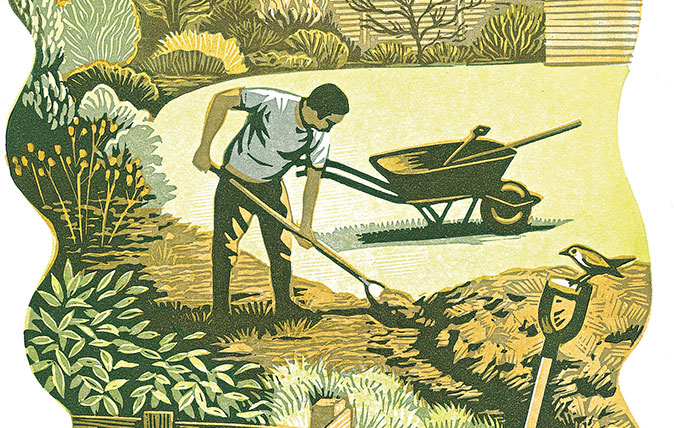
Then, identify the various problem weeds left behind and launch a general campaign of eradication. Glyphosate will be your best friend in this war of attrition. If you have ground elder, spray it as soon as it appears above ground in early spring, then again a fortnight later. Dandelions and docks will readily succumb. Bindweed, which many suppose to be ineradicable due to its infinitely wandering white roots, is a martyr to glyphosate, especially if painted onto a few of its youngest leaves.
There are those who don’t wish to use chemicals and they’re entitled to their opinion. Their best bet is the removal system as before, then a steady campaign of thorough forking-out. Before the ornamentals are replanted at the end of the growing season, take the opportunity to cultivate the border from beginning to end, removing stragglers and incorporating organic matter.
5. Don’t settle for poor soil
Poor soil comes in many forms. If your house is new, for example, you can look forward to a steady first year of removing plastic bags and lumps of buried concrete.
If it’s compacted, break it up by traditional single digging, using a pick if necessary to loosen the bottom. Avoid the temptation to rotavate, which merely creates a fluffy Christmas pudding over the hard surface beneath and is a recipe for waterlogging.
If you have a hungry sand, mulching is the way forward, as liberal applications of organic matter such as well-rotted farmyard manure, vegetable compost and leafmould will bind your grains into crumbs and make the whole system work better.
Mineral deficiencies can be identified by looking in the right textbook and asking those who know. Yellowing between the leaf veins, for instance, is typically a sign of a lack of magnesium, remedied by applying Epsom salts each spring.
6. Give the lawn a makeover
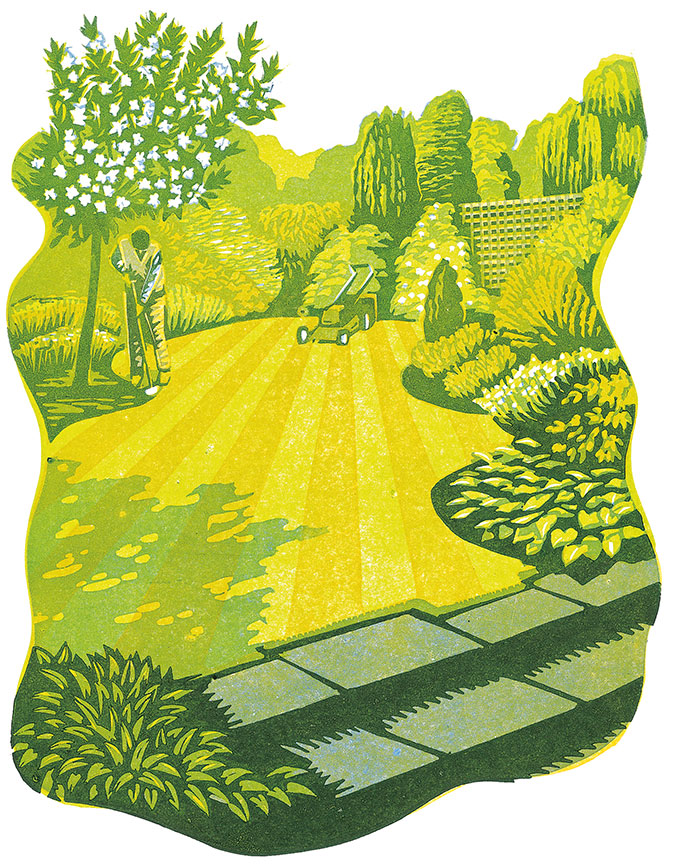
The single most important operation that will improve the quality of any lawn is spiking. This should be done when the ground is soft, in autumn or early spring. On a small lawn, simply walk across the lawn with a fork, pushing the tines in to their full depth at frequent intervals. For a larger lawn, hire a machine that will do the job. The improvement will be dramatic.
If you shovel sharp sand or compost over the spiked lawn and then work it in with a brush or a specialist tool called a lute, then so much the better.
Country Life is unlike any other magazine: the only glossy weekly on the newsstand and the only magazine that has been guest-edited by HRH The King not once, but twice. It is a celebration of modern rural life and all its diverse joys and pleasures — that was first published in Queen Victoria's Diamond Jubilee year. Our eclectic mixture of witty and informative content — from the most up-to-date property news and commentary and a coveted glimpse inside some of the UK's best houses and gardens, to gardening, the arts and interior design, written by experts in their field — still cannot be found in print or online, anywhere else.
-
 RHS Chelsea Flower Show: Everything you need to know, plus our top tips and tricks
RHS Chelsea Flower Show: Everything you need to know, plus our top tips and tricksCountry Life editors and contributor share their tips and tricks for making the most of Chelsea.
By Amie Elizabeth White
-
 Hidden excellence in a £7.5 million north London home
Hidden excellence in a £7.5 million north London homeBehind the traditional façades of Provost Road, you will find something very special.
By James Fisher